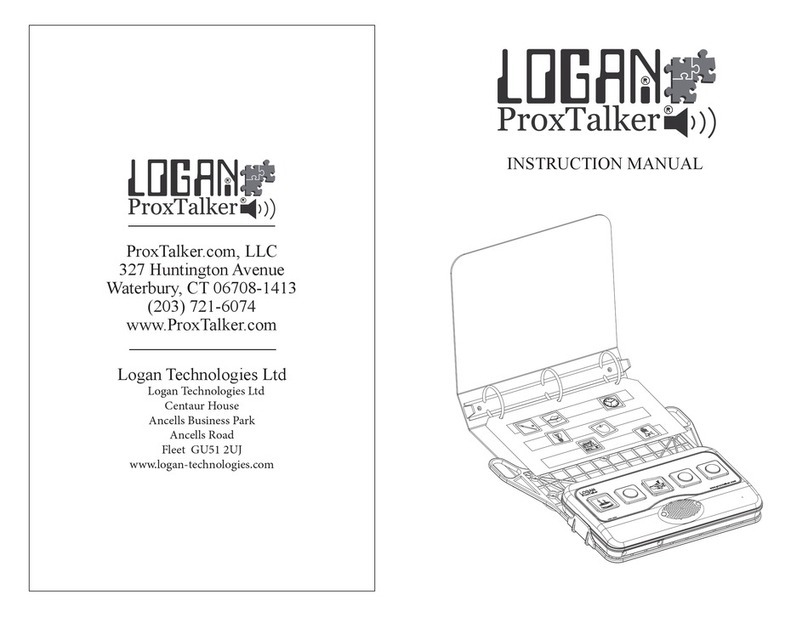
SPACE 2000 EVO/N (T and M versions) OPERATION MANUAL
6
FOREWORD
The manufacturer would like to thank you for purchasing the programmable digital
readout SPACE 2000 EVO MICROCOMPUTER
and to confirm that you have made an excellent choice.
Thanks to a powerful micro-controller, this instrument is fully programmable via the
keypad. This means that SPACE 2000 EVO can be optimised with a number of specific
functions for any type of machine-tool.
INSTALLATION
W A R N I N G !
Do not switch on the instrument unless the machine conforms to EC 89/392
regulations.
The installation of the instrument must be carried out by authorised skilled staff
who will follow the regulations stated by the Manufacturer.
EARTHING The instrument is connected to earth by means of the power supply
connector. In order to avoid discharges it is advisable to use an
earthed socket. If the instrument is not connected or is improperly
connected to earth, all the accessible parts, including those which may
appear to be protected, may generate electrical discharges. Under no
circumstances is it possible to access the inside of the instrument
when it is powered from the mains power supply or by other power-
supply devices.
FUSES The mains voltage required is 230 VAC - 50/60 Hz (if specifically
requested, 110 VAC 60 Hz). Disconnect the mains plug before
replacing the fuse, which is located on the rear panel. Use exclusively
delayed-action fuses, φ5 x 20 mms, 500 mA 250 V.
PREVENTION In order to avoid the possibility of fires or explosions, this instrument
may not be used in the presence of inflammable gases, solvents,
explosives, etc.
REAR This may be removed exclusively by specialised personnel, and in any
PANEL case after disconnecting the instrument from the mains power supply
(it is not sufficient to place the switch in the OFF position).
INSTALLATION Install the measuring rulers (or encoders) in accordance with the
Manufacturer’s’ instructions. Connect the Axis connectors to the
corresponding inputs (X,Y and Z) on the instrument. Connect the
power supply cable and then switch on the instrument (key-type switch
on the rear).
IMPORTANT NOTE: The instrument is protected against incorrect information
caused by uncertain situations (due, for example, to sudden or momentary mains
voltage drops). In these cases, in order to inform the operator that an accidental
upset of this type has occurred, when the instrument is switched on again, it
prompts the operator to find the ruler zero (rEF).




























